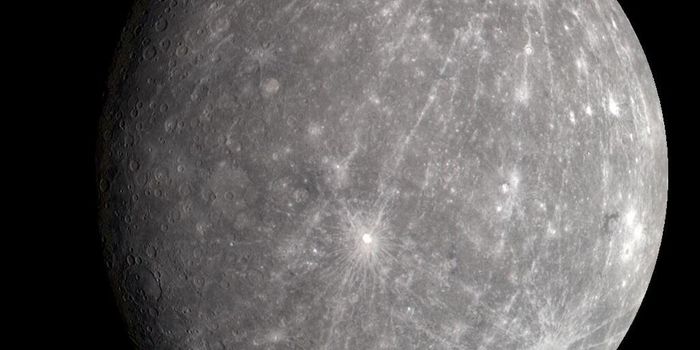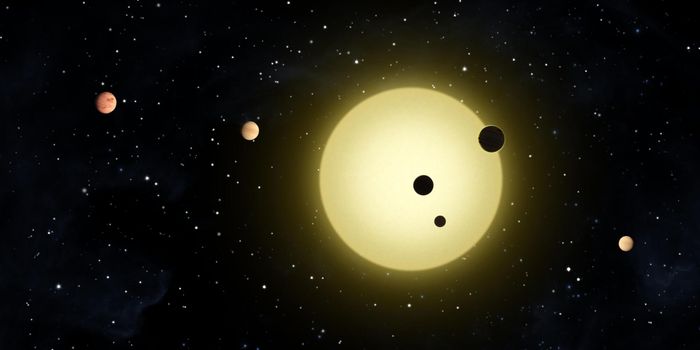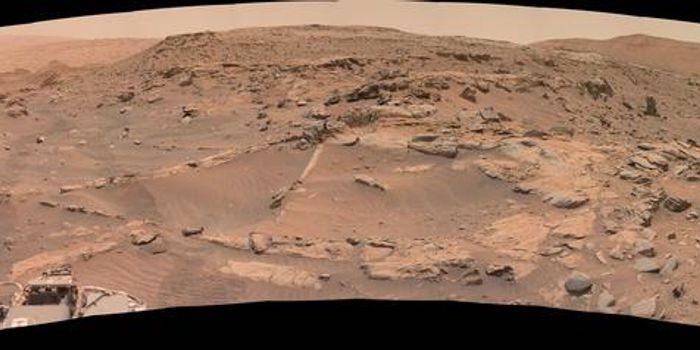Less CO2 removed from atmosphere via rock weathering than previously thought
New research published in PNAS suggests that not as much carbon dioxide is being removed from the atmosphere by way of the weathering of rocks as was previously thought. The news comes from scientists at the University of Cambridge who also say that there could exist an unknown carbon sink that removes CO2 from the atmosphere but that it has yet to be identified.
Weathering of rocks is an important part of the carbon cycle by which atmospheric carbon dioxide breaks down rocks and then gets trapped in sediment over long timescales, ultimately reducing the greenhouse effect and lowering global temperatures. "Weathering is like a planetary thermostat -- it's the reason why Earth is habitable. Scientists have long suggested this is why we don't have a runaway greenhouse effect like on Venus," said lead author Ed Tipper from Cambridge's Department of Earth Sciences.
As you can imagine, this movement of carbon via weathering has caught the hopes and imagination of scientists who are looking for a one-stop fix to solve climate change. Some have even recommended implementing techniques of enhanced rock weather so as to achieve large-scale removal of carbon dioxide from the atmosphere.
But the calculations from the new research suggests that we may have been too hopeful about the potential of rock weathering. The team reports that previous global weathering fluxes have been overestimated by up to 28%, with the greatest impact on rivers in mountainous regions where rocks are broken down faster.
"One of the best places to study the carbon cycle are rivers, they are the arteries of the continents. Rivers are the link between the solid Earth and oceans -- hauling sediments weathered from the land down to the oceans where their carbon is locked up in rocks," said Tipper.

"Scientists have been measuring the chemistry of river waters to estimate weathering rates for decades," added co-author Victoria Alcock "Dissolved sodium is one of the most commonly measured products of weathering -- but we've shown that it's not that simple, and in fact, sodium often comes from elsewhere."
To figure out where that sodium is coming from, the team conducted a large-scale analysis of eight of the largest river systems on Earth. They found that the sodium was coming from what’s called the cation exchange pool.
"The chemical and isotopic makeup of the clays in the exchange pool tell us what they are made of and where they've come from," said co-author Alasdair Knight. "We know that many of the clays carried by these rivers come from ancient sediments, and we suggest that some of the sodium in the river must come from these clays."
In other words, the sodium that in previous estimates has been labeled as coming from modern weathering is actually coming from ancient clays, and thus should not be included in the carbon dioxide uptake in today’s weathering models. But, as the researchers point out, that begs the question: if the influence of rock weathering is lower than we thought, what accounts for the absorption of Earth's carbon dioxide over geological time?
Sources: PNAS, Science Daily








